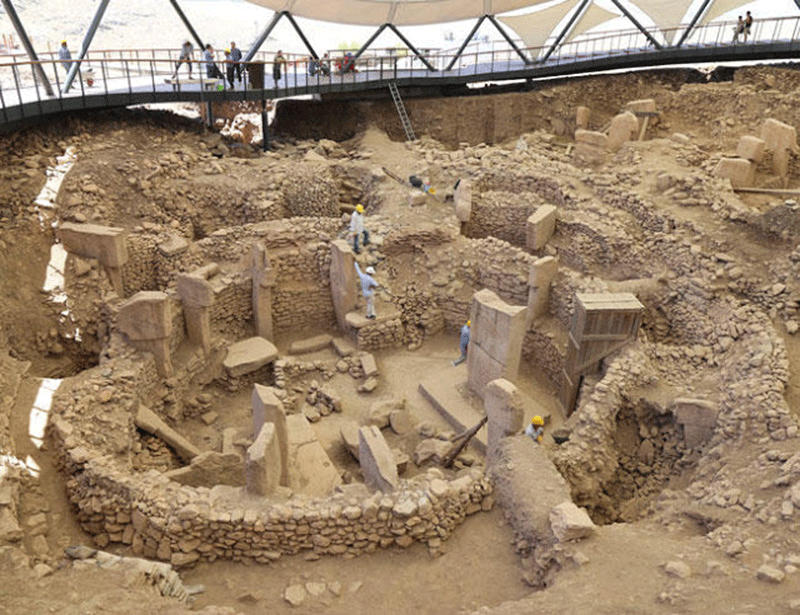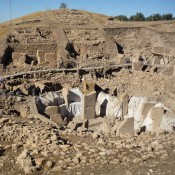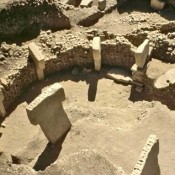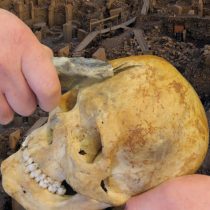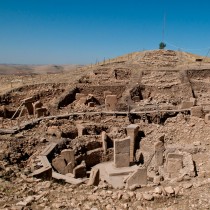Archaeologists working at the site of Göbeklitepe in Turkey have found new temples and standing stones during geophysical surveys in the region.
The site is located in Turkey’s southeastern province of Şanlıurfa, near Örencik Quarter and 18 kilometers away from the city center of Haliliye, and was first discovered in 1963. Excavations have been ongoing ever since and it has been added to UNESCO’s World Heritage List on July 1 2018, after six years it had been in the temporary list.
Among the findings at the site there are T-shaped obelisks from the Neolithic Era with wild animal figures, 10-20 feet high and weighing 40-60 tons. The remains of the oldest temple of the world has been also unearthed at the site, containing various artefacts, including a 12,000-year-old human statue.
Earlier this week, Dr. Mehmet Önal, Head of the Archaeology Department at Harran University and Chairman of Şanlıurfa Cultural Assets Conservation Regional Committee, said in an interview that at least 15 more mega-monumental temples and more than 200 standing stones were discovered during geophysical surveys in the region.
The size of the monuments and extent of the size indicate that excavations will continue for over a century until it is fully unearthed, since new constructions are expected to be found.
The site had been temporarily closed to visitors for restoration work and a part of it reopened in February, with four circular giant monumental temples in the excursion area available for visits. A steel roof, stretching across 4,000m2 has been erected to protect the site.
